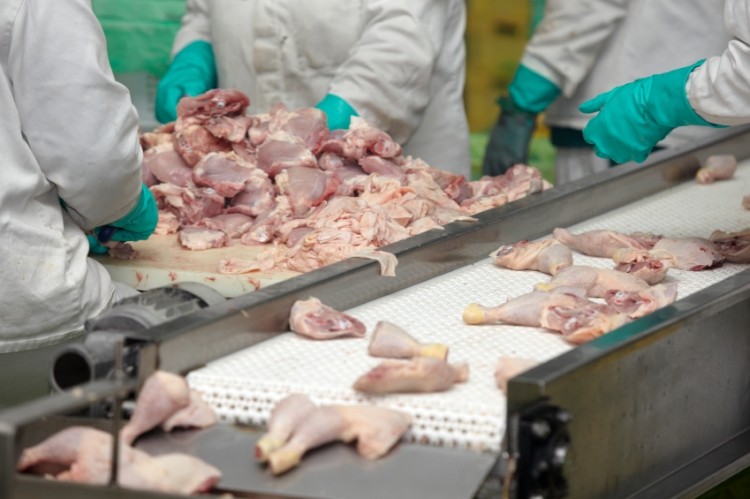Ten times more Campylobacter than Salmonella cases – FSAI

The Food Safety Authority of Ireland (FSAI) said some 2,288 cases due to Campylobacter were recorded in 2013, compared to over 2,600 in 2014.
The agency said its preliminary data showed an increase so it wanted to take the opportunity to remind the Irish industry of the challenge posed.
It comes after a report from the EFSA and the ECDC last week said Campylobacter illness had stabilised in the EU.
Irish point of view
Dr Lisa O’Connor, chief specialist food science at FSAI, told FoodQualityNews it wanted to give a national point of view to drive home the message that Campylobacter was still a problem in the country.
“Campylobacter is still an issue, it may have stabilised in the EU but it is still the most common,” she said.
“It was an opportunity to discuss EU criteria at slaughter plants and the possibility of setting a tolerance level or process hygiene criteria as it is called in the legislation.
“A process hygiene criteria would set a limit of Campylobacter at the end of the process and this could be reviewed if it was breached to find out why.”
The FSAI said it would support setting a microbiological hygiene standard for poultry meat at European level.
This would create a maximum tolerance level for Campylobacter in poultry which could be reviewed over time. A similar approach was adopted as part of European controls for Salmonella which proved successful.
O’Connor said action includes a Department of Agriculture three-year project examining biosecurity due to end this year and a retailer forum which worked on packaging.
“With poultry meat you don’t need to wash it, you wouldn’t do with a steak for example, but until we drive down the contamination in industry we must remind people how to safety prepare their poultry.”
Industry and consumer response
The FSAI said the figures recorded by the Health Protection Surveillance Centre in Ireland are the highest since campylobacteriosis became legally notifiable in 2004 and requires cross industry and consumer responses to tackle the problem.
Dr Wayne Anderson, director of food science and standards at FSAI, said regulations were put in place for Salmonella control which set a maximum tolerance in raw poultry.
“There is a need to set similar tolerance levels for Campylobacter and this would drive new control measures throughout the food chain to reduce its occurrence.
“If the industry from producer right through to retailer comes together to put in specific measures to reduce the level of Campylobacter on poultry like it did for Salmonella, it would have a positive impact on the number of people becoming sick.”
The danger from Campylobacter can be removed by thoroughly cooking products and preventing cross-contamination between raw meat and ready-to-eat foods.
As well as a microbiological hygiene standard the agency also recommended that chicken flocks are systemically and regularly tested for Campylobacter before they are presented for slaughter.
From this data, poultry producers could improve biosecurity to keep Campylobacter out of poultry houses.
“It would make sense that the processors and retailers would co-fund this testing programme. Ultimately, knowing the level of the bacteria within flocks can inform interventions to reduce its incidence,” said Anderson.
Leak proof packaging was another area of focus to stop the spread of the bug and the FSAI said retailers should source chicken from producers using leak-proof packaging.
“Where chicken is sold in conventional packaging, retailers should review their food safety management systems to control the risk of Campylobacter spreading to ready-to-eat foods,” he said.
“For conventional packaging, we would recommend that retailers consider providing specific bags to place the chicken in and therefore, better protect against leakage and cross-contamination.”

























